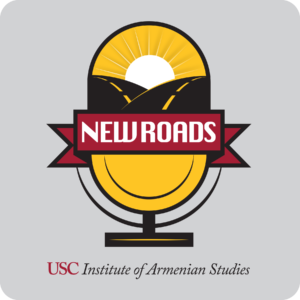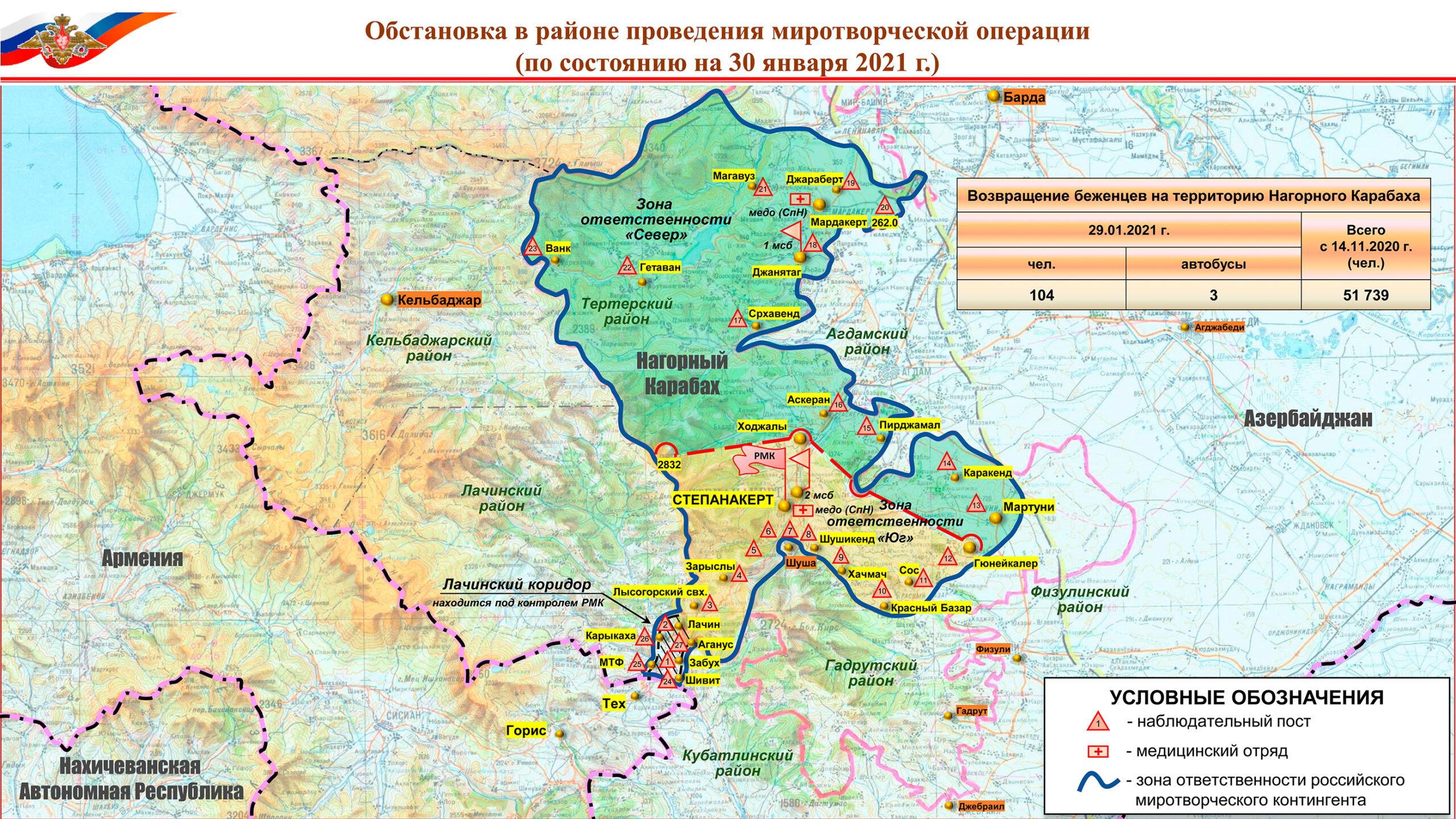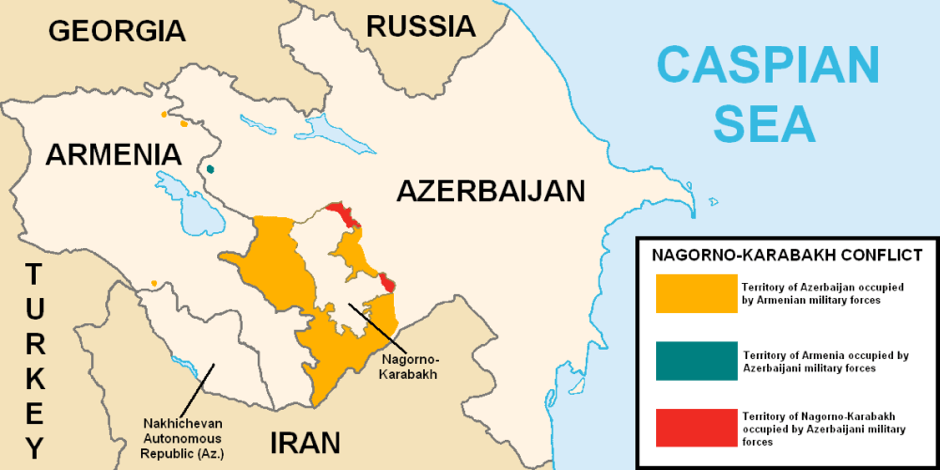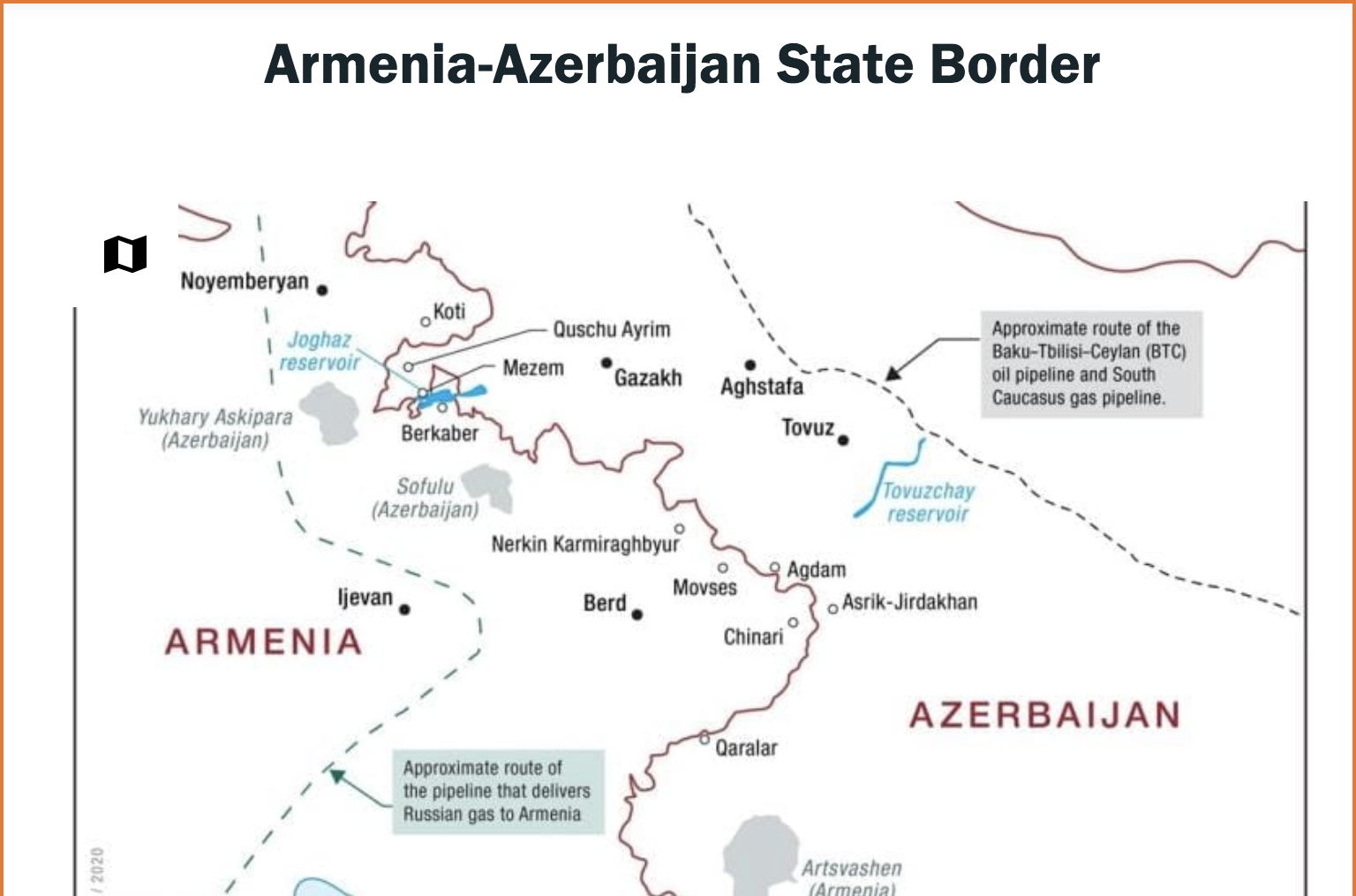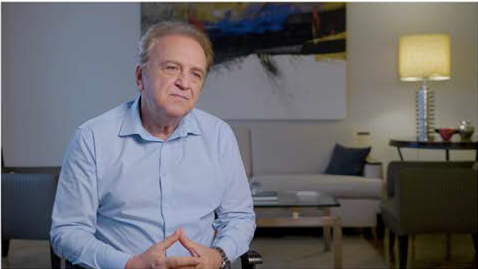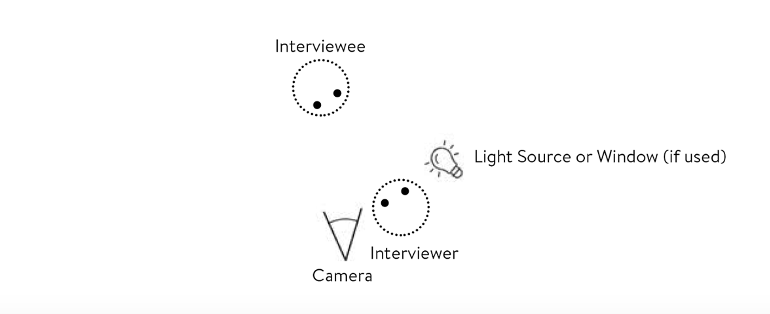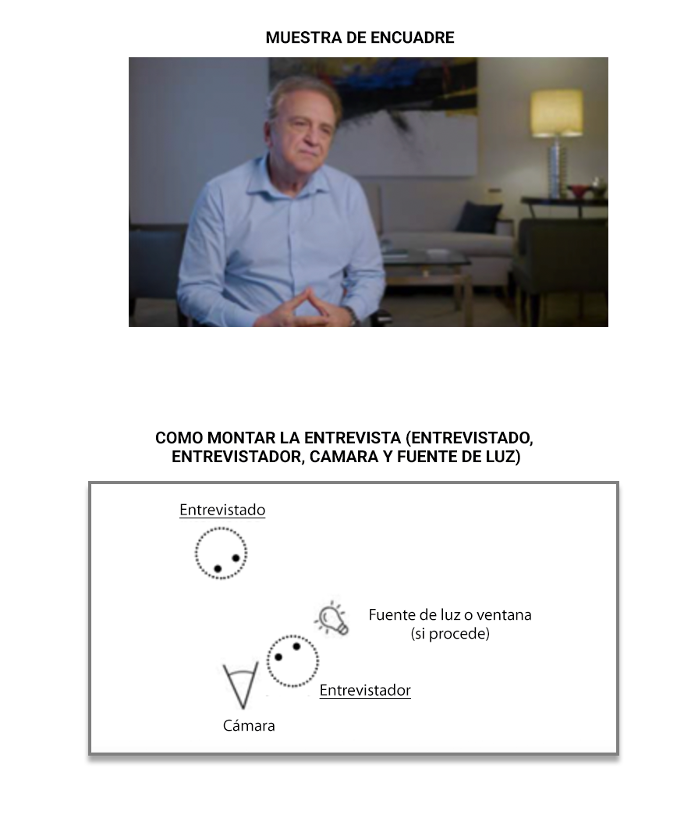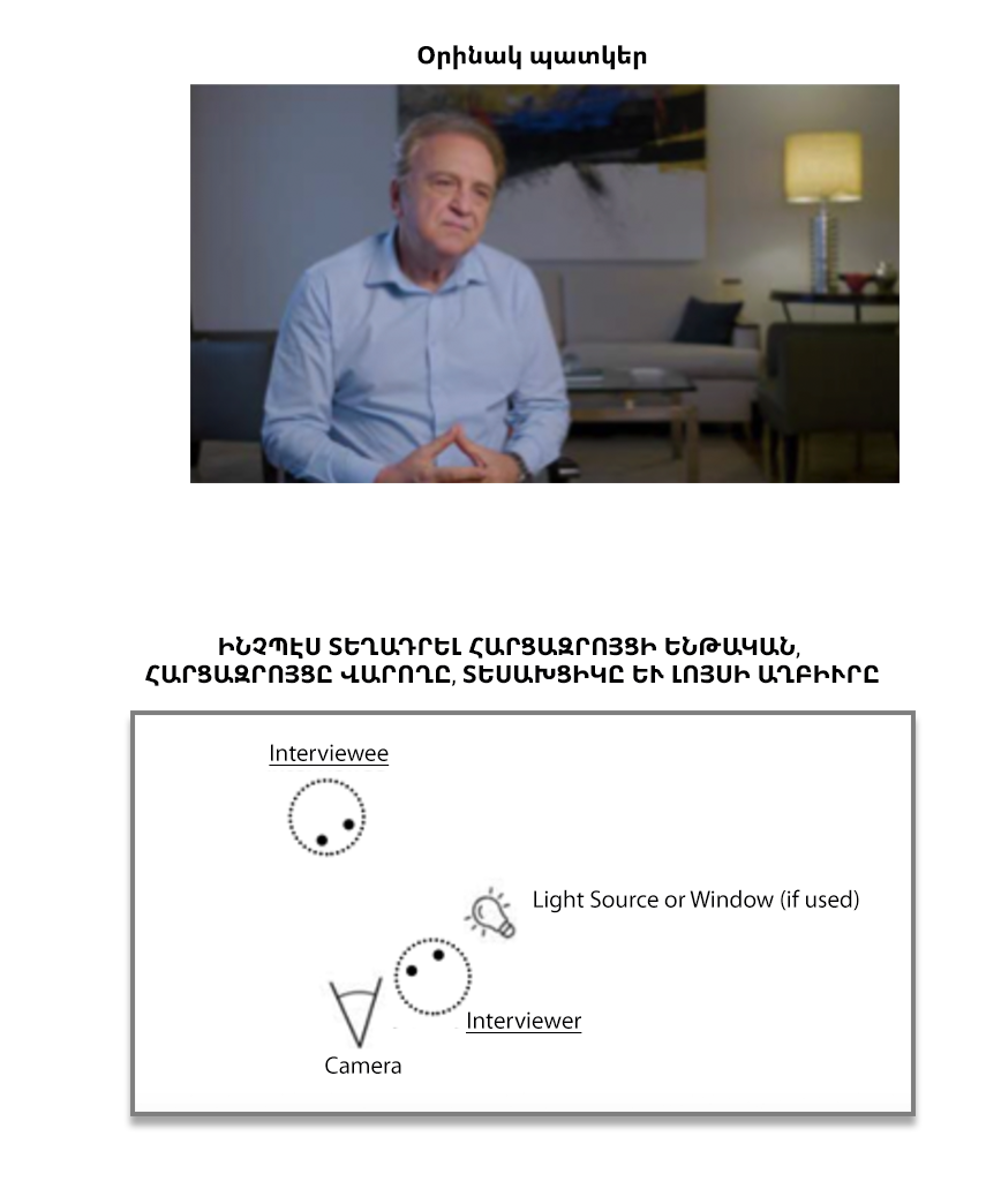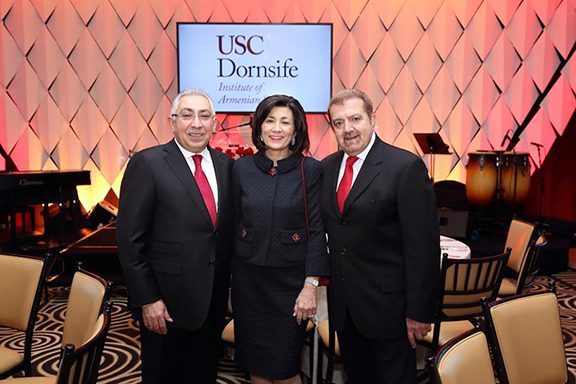
Tucked in between the School of International Relations and the Political Science and Policy departments at USC, the USC Institute of Armenian Studies punches above its weight as it engages with the resources of a global university, and targets the intellectual and strategic needs of the Armenian nation and the Republic of Armenia.
On September 29, the USC Dornsife Institute of Armenian Studies Leadership Council will host a gala at the Beverly Hilton Hotel to celebrate 15 years of championing education, innovation, and thoughtful change. Guests will hear about the mission and current projects of the Institute, and will be offered the opportunity to take part in and support programs that look to the future.
“We ask – What are the grand challenges facing Armenia and Armenians – and we develop research and programming around the search for answers,” noted Salpi Ghazarian, who has been director of the Institute since 2014.
The Institute was conceived and created by a group of Los Angeles community leaders who, together, represent the entire community. All of the major institutions and segments of the community believed in the need to create and support an intellectual center that would feed the needs of all segments of the community and the nation. This is reflected in the composition of the Institute’s Leadership Council, who, to this day, lead the work of securing the resources to allow the Institute to flourish. The members are: Diane Cabraloff, Charles Ghailian, Vahe Karapetian, Michael Kazanjian, Frank Melkonian, Prof. Donald Miller, Lori Muncherian, Gerald Papazian, Sinan Sinanian, Hon. Dickran Tevrizian, Savey Tufenkian. Also part of the Leadership Council were the recently deceased, and much-beloved, Dr. Mihran Agbabian and John Berberian.
Chaired by entrepreneur and community leader Charles Ghailian, the Leadership Council continues to enlarge the Institute’s support base and welcome a new generation of donors and thinkers to ensure the Institute’s longevity.
In the first decade, under Professor Hrair Dekmejian’s leadership, there were several conferences held in conjunction with various community entities. Although the Institute is not a teaching Institute, Professor Dekmejian initiated several classes that offer students an opportunity to learn about history and culture, as part of their university studies.
Over the last five years, the Institute has broken new ground by strategically funding research in areas that are crucial to Armenia’s experience, and creating massive, world-class platforms where the research and intellectual conversation can take place, among qualified specialists and with an eager and curious audience.
Among the most notable of these programs were two events: The first was called “Celebrity Diplomacy: Redefining Armenia’s Role in the Diaspora.” Then, weeks following what has come to be called Armenia’s Velvet Revolution, the Institute convened a second program, inviting political scientists and activists to participate in a second program entitled “Now What? Armenia Tomorrow.” The programs featured newly elected Prime Minister Nikol Pashinyan, newly selected President Armen Sarkissian, former speaker of Georgia’s parliament David Usupashvili, in addition to others from all over the world who were present virtually. Both events were live-streamed in both English and with Armenian translation and were watched by 16,000 people around the world.
Institute Associate Director Syuzanna Petrosyan is responsible for the Institute’s global outreach. “These live presentations, together with thousands of attendees, ensure that each speaker, each expert, each scholar, and each program is taken beyond Southern California, and to policy and change makers around the world,” Petrosyan said.
Many of the speakers who are invited to participate are from among the three dozen researchers around the globe who have been supported by the Institute and its donors as they study Armenia and Nagorno-Karabakh. Scholars from Brazil, China, Poland, the U.S., and of course, Armenia, went to the region to explore and write about the economy, health care, education, foreign policy, women’s issues among a host of topics. “This is an important contribution to broadening the discourse in the international media and academia and provide data-based research to policy makers in Armenia,” said Dr. Lilit Keshishyan, a research associate at the Institute. In October, the Institute will announce a special and very timely call for research, this one entitled, “From a Democratic Breakthrough to Challenges of Consolidation in Armenia.”
“The world was very interested in how and why the Velvet Revolution happened. That interest continues, but it’s important to do the research that begins to offer answers,” said Institute Deputy Director, Shushan Karapetian.
As new generations of Diasporan Armenians come of age, they will not only need access to knowledge but also new knowledge to sustain their complicated identities in the societies that they live in. The Institute’s “Digital Diaspora Initiative” is creating, gathering, digitizing, and making accessible materials that comprise the Armenian Diaspora experience with the aim of not only further integrating the Armenian experience within a global context, but providing new generations access to their own histories.
“This is our story. Diaspora history is an integral part of world history, California history, local histories, and it’s up to us to ensure that the historic record includes this last eventful century and its incredible experiences – beginning with attempted destruction of a nation, yet ending with statehood. There are not enough studies of this unbelievable trajectory,” said Ghazarian.
As part of the initiative, the Institute has been conducting oral histories of Armenians in the Diaspora and collecting photographs and other relevant documents representing the experiences of interviewees. The “Displaced Persons Documentation Project” includes 30 recorded video interviews and 1,000+ collected and scanned images, documenting the experiences of the displaced Armenians of World War II who worked in forced labor in Germany and were eventually granted refuge in the U.S. The larger diaspora project, an ongoing endeavor, continues to document the experiences of individuals who have had a hand in shaping diaspora communities and whose stories shed light on these communities, past and present.
The Institute’s public programming is possibly best recognized through the Innovate Armenia festival of ideas and action. Always live-streamed in two languages, it is the most direct way to provide access to the wealth of knowledge that exists in and about the Armenian world. The 4,000 people who attend include many students and young professionals who seek new ways to connect to the Armenian experience, and to understand it in a comparative context, especially in Los Angeles, where so many Diasporas converge and face similar challenges.
Another way the Institute appeals to this young generation of 21st century Armenians is through fun and interesting podcasts. “Podcasts are like your own personal radio station. It is an attractive compelling space where knowledge about all aspects of the Armenian experience are shared through conversations with the professors and researchers who spend their lives studying language, history, immigration, education – and all of it is presented through the story of their lives,” noted Sareen Habeshian, the Institute’s Media Content and Operations Manager.
You can listen to the podcasts by visiting the Institute’s website or searching for the USC Institute of Armenian Studies on iTunes, Spotify, and SoundCloud.
Roughly one year ago, the Institute embarked on a critical search for the stories of those who were directly engaged in Armenia’s independence movement. Recording the memories of the actors in the independence years offers a window to the events, circumstances, and personalities that led to the incredibly difficult years and decades that followed.
“We want to record causes, motivations, circumstances and external factors that explain what happened and what went wrong,” said Associate Director Syuzanna Petrosyan.
“Understanding Independence: Oral Histories of Armenia 1988 – 1994” consists of long-form high quality video interviews with the participants of the independence movement, including environmentalists, political activists, members of the Karabakh Committee, journalists, teachers. The memories recorded on video, as well as personal mementos, photos, notes, journals, and unofficial personal correspondence are digitized and secured for history. All of the material is made digitally available to provide sources for scholars, artists, filmmakers, and researchers worldwide. The digital archive will be incorporated into the USC Digital Libraries while the hard copies will be housed at the National Library of Armenia.
This is not the only Armenia-based program. Soon, the USC Tacori Center will be open as a unique regional retreat and conference center, open year-round to host students, journalists, scholars, and artists to work and create together.
Continuing for the second year, the Institute’s pioneering Policy Fellows program brings mid-career civil servants from Armenia to the City of Los Angeles, where in cooperation with the office of Councilmember Paul Krekorian, they are placed in similar City positions to exchange knowledge and gain new perspectives.
“All of these programs are about the nation’s and the republic’s challenges – identifying them and tackling them using the resources of a world class university, and a passionate, committed community. We look forward to many more decades of good work together,” concluded Ghazarian.
A Word a Day

Students at the USC Institute of Armenian Studies. (Photo by Nanor Zinzalian)
BY SHUSHAN KARAPETIAN, DEPUTY DIRECTOR
Shortly after I joined as Deputy Director, a new tradition was born at the Institute of Armenian Studies – the Word of the Day. Given my background in Armenian Studies and Linguistics, students would often come to my office and ask how to say a particular word in Armenian or wonder about the exact meaning behind certain idiomatic phrases. These student-generated questions evolved into daily live mini lessons during which I introduce them to new Armenian words by exposing them to thousands of years of Armenian thought. To show that the really long words many students are intimidated by are comprised of much smaller and familiar roots, I encourage students to deduce the meaning of a word simply by combining the roots and using context clues. The lessons also draw on the similarities between English and Armenian, both Indo-European languages with a common ancestor, and a wealth of examples from Classical Armenian and both modern Eastern and Western Armenian. The Word of the Day goes live on Instagram so that anyone with interest can take part simply by following the Institute’s Instagram @uscarmenianstudies and Facebook pages facebook.com/uscarmenian. Everyone can suggest words that they’ve always been curious about. For example, did you know that the word երկրպագու/yerkrpagu, meaning admirer or fan, comes from the Classical Armenian roots երկիր(ground)and պագանեմ(I kiss). In other words, I kiss the ground you walk on! New words, new stories, new connections, every day, at the Institute of Armenian Studies. What’s your word of the day?
The Value of Old Papers

Staff at USC Institute of Armenian Studies. (Photo by Nanor Zinzalian)
BY GEGHAM MUGHNETSYAN, CHITJIAN RESEARCHER ARCHIVIST
In my position as the Chitjian Researcher Archivist at the USC Dornslife Institute of Armenian Studies, I’m a curator. I have access to ideas, materials, and documents from around the world and across a century. Sometimes, as I work through these old handwritten documents, identifying them, describing them, I realize that a lot of what I think about now, today, on timely issues, Armenians had articulated 200, 300 years ago in voluminous papers and journals which have now yellowed without the public ever really accessing them. The vast majority of people simply do not have the time to dedicate to digging through these volumes of knowledge, but lots of people have the same interests that I have. Here is where we come in as an Institute, as archivists, as researchers, to unearth these materials, to curate that Armenian story from everything that we see in our research and to bring it to light in a way that is of this age.
Day at the Institute

Staff at USC Institute of Armenian Studies. (Photo by Nanor Zinzalian)
BY SILVA SEVLIAN, ASSOCIATE DIRECTOR
I walk in at 9 a.m. and the phone is ringing. It’s a call from someone in San Francisco who wants to attend the 15th Anniversary Gala. This is followed shortly after by a phone call from 94-year-old Valentine Reigh, who lives mere miles away from USC, and is one of our regular callers. After a tentative attempt – several years ago – to find someone who would be able to read and appreciate her mother’s old papers, she gifted her family’s photos and documents. Every couple of weeks, the postman arrives with a new, bulging manila envelope bearing copiously written notes, cards, journals and… well, we haven’t sorted it all out yet.
A day in the life of the Institute is something like a day at Grand Central Station. Housed on the third floor of the iconic Von Kleinsmid Center building, our archivist will run into the former Prime Minister of the United Kingdom Gordon Brown while walking down the corridor.
Former Vice Dean and International Relations Professor Steve Lamy comes in to share the new Global Policy master’s program. He’s counting on the Institute’s collaboration, which will lead to graduate students visiting Armenia on a regular basis.
A student worker shares a story with the rest of the Institute team: a Thornton Music School junior brought in a movie about a Grammy-award-winning Puerto-Rican rapper who traced his Armenian heritage back to Nagorno-Karabakh.
On any given day, the Institute’s dozen student workers will be treated to an impromptu academic discussion by a visiting Turkish scholar or a political science professor who has a craving for Armenian coffee.
The office closes in the early evening and as I turn the lock, Professor Robert English walks by, fresh from his trip to Russia where he began preliminary talks with top Russian leaders for the Understanding Independence project. Bari Gisher, he says with a grin.


